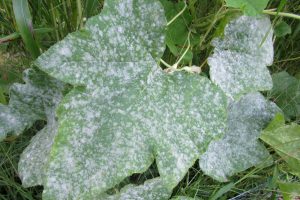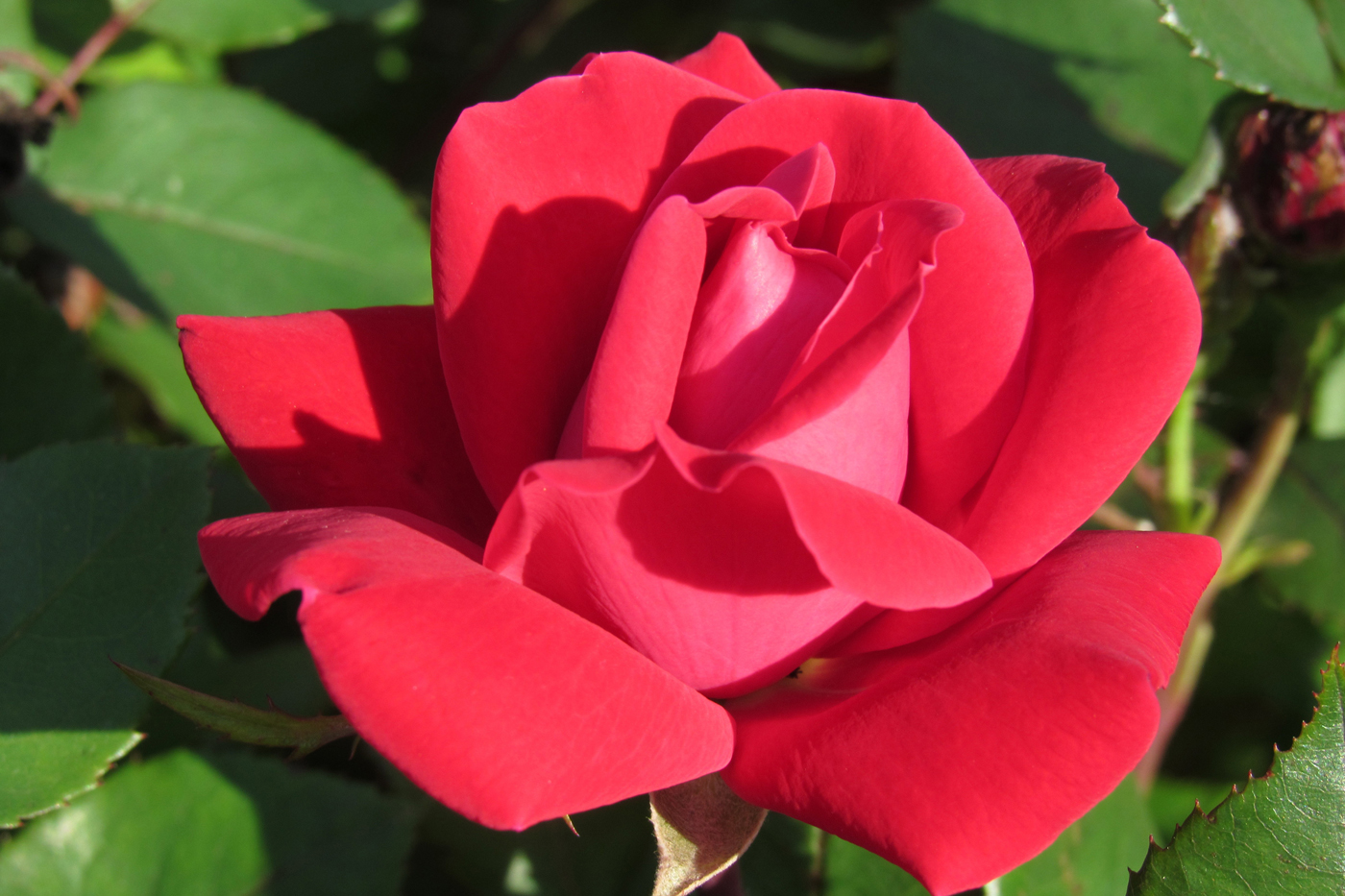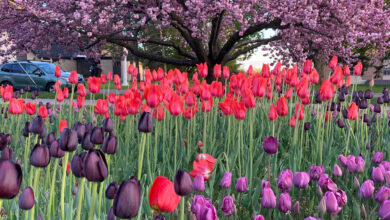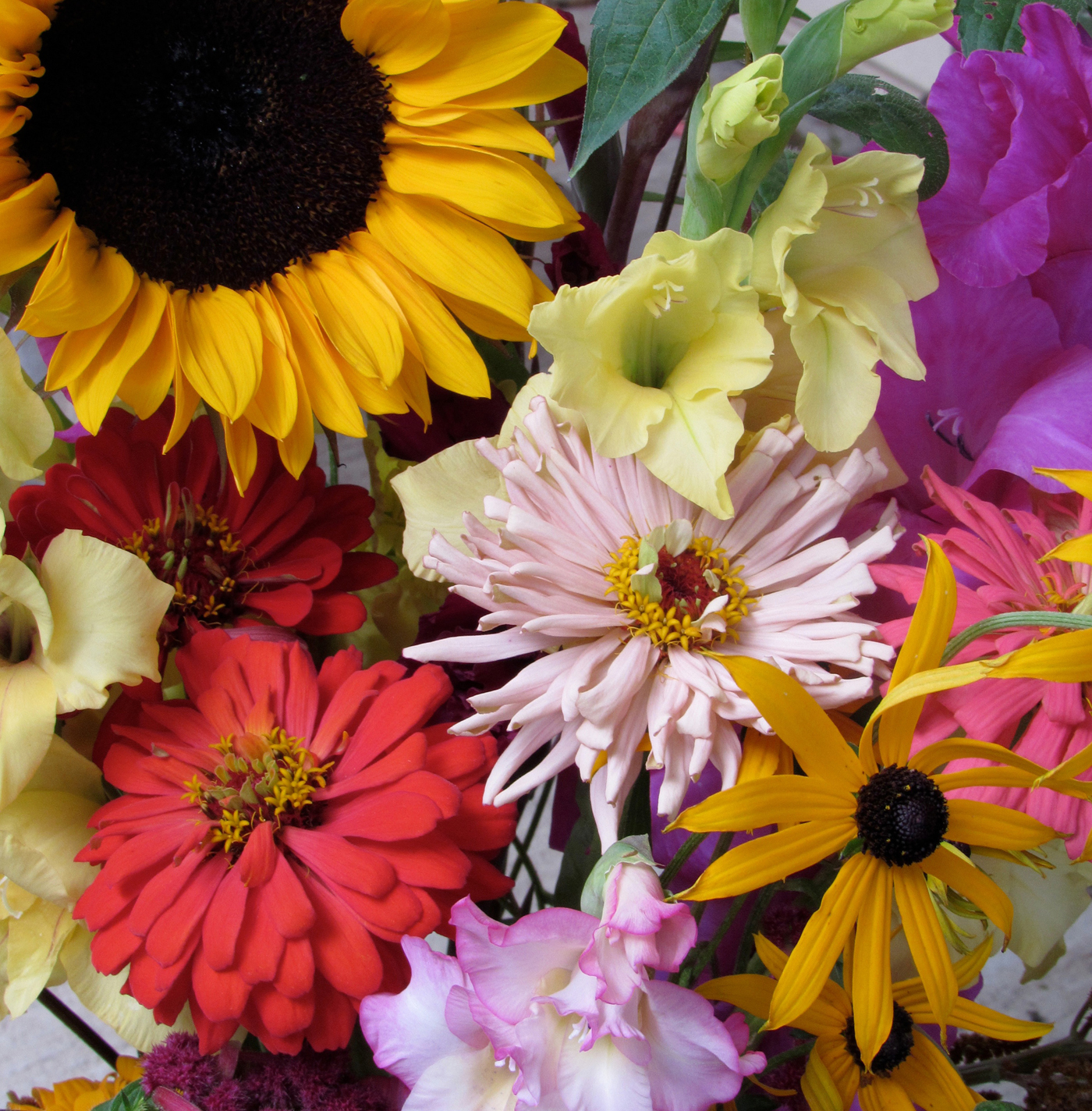Autumn garden clean-up, powdery mildew
Autumn is here and the harvest continues, but gardeners are also in the process of cleaning up and preparing for the winter season ahead. It is not unusual to have diseased foliage and plant material to contend with at this time of year and its best to dispose of it differently from healthy material to keep disease in check in your garden and landscape.
 Powdery mildews are one of the most widespread of plant diseases.
Powdery mildews are one of the most widespread of plant diseases.
According to University of Minnesota Extension, powdery mildew appears as superficial growth on plant surfaces and looks like white to gray powdery spots, blotches, or felt-like mats on leaves, stems and buds. It may look like someone sprinkled baby powder on your plants. Once the infection sets in, leaves may turn yellow and fall prematurely during the growing season.
Powdery mildew is most prevalent when conditions are cool and humidity is high. The fungus does not need water on the leaf surface for infection to occur, but humidity in the air promotes spore germination. However, spores are moved to susceptible host tissue by splashing raindrops, wind or insects. If you are seeing more powdery mildew this year, it may be because of the weather conditions this growing season. Powdery mildew also likes cool night temperatures followed by warm day temperatures, meaning it is most prevalent in the spring and fall.
Colorado State University Extension says powdery mildews produce mycelium (fungal threads) that grow only on the surface of the plant, never invading the plant tissues themselves. Powdery mildew can reduce photosynthesis on heavily colonized leaves, but on trees and shrubs, powdery mildew rarely causes serious damage to the host plant. The fungi feed by sending haustoria – root like structures – into the top cells of the plant.
The disease is most severe in plants growing in shaded areas with poor air movement, and causes the greatest damage on young leaves, sprouts and shoots. If you see powdery mildew early in the season on young plants or plant growth, remove to reduce spread of the disease.
To help manage the disease, look for disease-resistant cultivars and do not overcrowd plants. Avoid late season applications of nitrogen fertilizer to limit new growth which is susceptible to infection, and avoid overhead watering to help reduce relative humidity. Fungicides may be used in combination with cultural controls. Follow instructions on the fungicide label and apply at 7-14 day intervals during the growing season.
Finally, when cleaning up affected plants and foliage this fall, remember that fungi will overwinter on plant debris. Remove and destroy all infected plant parts. Do not compost infected plant material. Temperatures in your compost pile are typically not hot enough to destroy the fungus. The most recommended method is to place material in plastic garbage bags and dispose with your trash. This is also the preferred method for removal of all diseased plant material.





